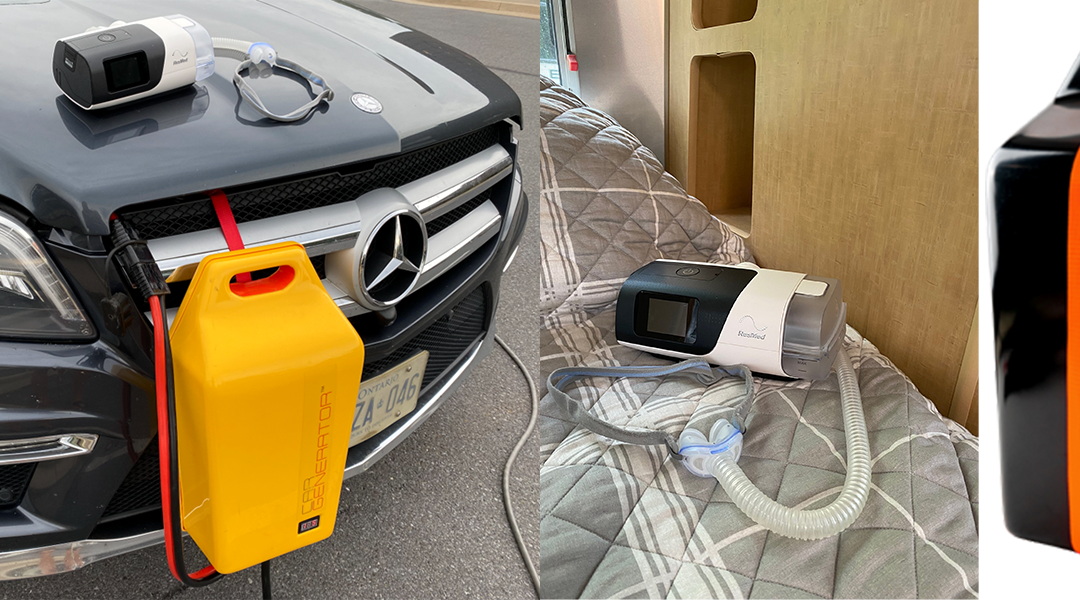My hope is that none of your tires ever look like the one in this photo. And they most likely won’t, if you maintain them properly.
Note: Reposted with permission from our friends at AIR GEAR
An essential part of that maintenance is performing a tire inspection before and during every Airstream trip–as well as after you’ve brought your Airstream out of storage.
Tire inspection is a straightforward procedure that anyone can do. I’ve provided the steps below, and also explain and demonstrate them in this video:
1. CHECK THE TIRE PRESSURE OF EACH TIRE
You can do this with a tire gauge (which you can purchase for less than $10 at a hardware store or general merchandise store like Wal-Mart). Or, if you use a TST Tire Pressure Monitoring System (TPMS), turn it on and check the display to make sure all tires read at the correct pressures.
A TPMS is the easiest, most accurate, and most efficient way to check pressures. I turn ours on and let it boot up while I’m doing something else. All five tire pressures (including the spare!) display without me having to check each one manually.
I suggest Airstreamers go with the manufacturer’s recommendation about the correct pressure. Most late-model Airstreams come with Goodyear Endurance tires which need 80 psi of air pressure when they are “cold,” which means before you start towing. This is why you want to check the pressures while you’re getting ready to go.
Here’s a tip: if the temperatures have dropped in your area recently, or you’ve changed altitude during your trip, you may find that the tires need a little more air in the morning to reach the correct pressure.
Some Airstreamers choose not to go with the manufacturer’s recommendation and in that case, here are some things to consider as you think about which right pressure is right for you.
Whether you use a tire gauge or a TPMS, add air to each tire that is reading low, then take the pressure again to make sure it’s at the recommended level.
2. PERFORM A VISUAL INSPECTION OF EACH TIRE
Look for things like this:
- Objects embedded in the tire treads – a screw or nail in the tire will be obvious and must be removed and patched before you travel. A bit of gravel is normal and usually nothing to worry about.
- Signs of wear or cracks in the sidewalls – initial signs of wear won’t necessarily kill your trip. But you should keep an eye of them because they indicate that you’ll probably need to replace the tire soon. (Another reason why regular inspections are recommended).
- Indication of significant wear on the tire tread – this can show up as thin spots or bald patches on one side of a tire, but not the other, and might be due to an alignment problem or a problem with the tire itself. You need to address this before you go on your next trip.
3. DURING EACH TRIP, INSPECT YOUR TIRES AT EVERY GAS AND REST STOP
You’re checking for the same things as in step #2, in an effort to catch the nail you ran over in the last 100 miles, as well as stay ahead of any problems that might be brewing.
Make this inspection a habit–it only takes a minute. I do it every time we stop during a tip and here’s my process:
A FEW ADDITIONAL RECOMMENDATIONS
Travel with an air compressor
In an unfamiliar town it can be a real pain to hunt down a gas station that has an air compressor. That’s why I always carry a portable air compressor and an extension cord. I can add a little air to the tires anywhere, anytime—and that’s a huge convenience.
Late model Airstreams have inverters built in, so you can use a 120-volt AC (household power) air compressor. Portable ones are inexpensive (less than $40), light, small, and come with convenient carry bags. Simply turn on the Airstream’s inverter and plug the air compressor into an inside power outlet.
I recommend this approach if possible, because it will be much quicker at filling tires than a 12 volt DC (battery powered) air compressor. Look for them at auto parts stores, hardware stores, and general merchandise stores.
Take along the right tools for changing a tire
Despite the best maintenance efforts, flats still happen. Your Airstream probably came with a lug wrench but that won’t help you if you need to change a tire. Make sure you have a complete tire changing kit, plus leveling blocks, and a jack if you have a single axle trailer.




